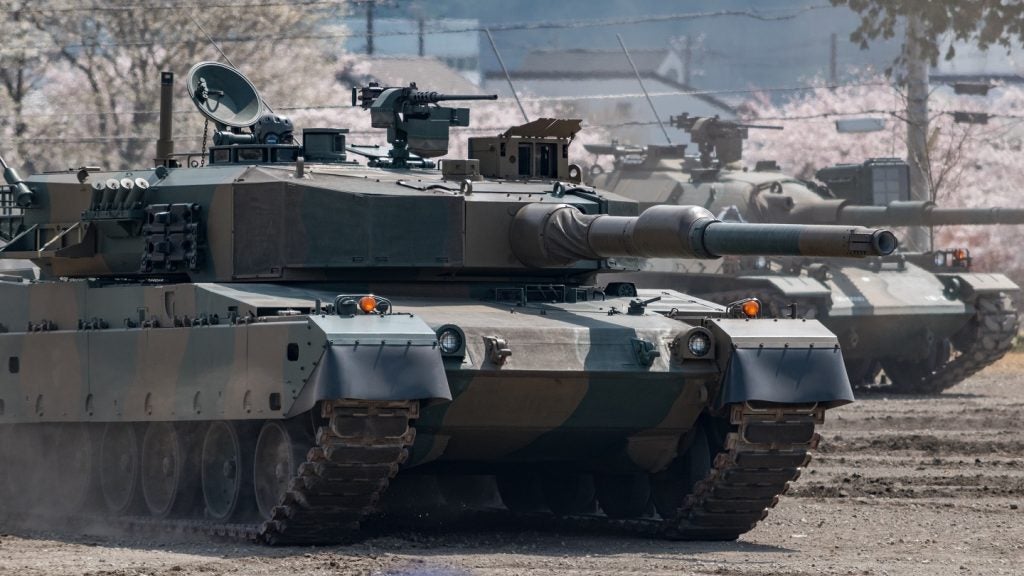RTX has filed a patent for a method of inspecting components. The method involves identifying a component with a certain hardness and a holding member with a greater hardness. A protective coating with a dye that absorbs specific electromagnetic wavelengths is applied to the component, and the amount of dye remaining in the coating is inspected to determine the level of wear. GlobalData’s report on RTX gives a 360-degree view of the company including its patenting strategy. Buy the report here.
According to GlobalData’s company profile on RTX, Photovoltaic drones was a key innovation area identified from patents. RTX's grant share as of June 2023 was 1%. Grant share is based on the ratio of number of grants to total number of patents.
Method for inspecting component wear using protective coating with dye
A recently filed patent (Publication Number: US20230204343A1) describes a method for inspecting the wear of a component. The method involves identifying a component with a first hardness and a holding member with a second hardness that is greater than the first. A protective coating is applied to the component, which contains a dye that absorbs specific electromagnetic wavelengths. The remaining amount of dye in the coating is then inspected to determine the level of wear.
In one embodiment, the first component is a conduit and the second component is a clip used to hold the conduit. The conduit is described as an electrical harness with a non-metallic outer sheathing, while the clip is metallic. The dye used in the protective coating absorbs light in the range of 100-415 nm wavelengths, specifically in the range of 365-415 nm wavelengths.
During the inspection process, a black light is applied to the conduit to aid in identifying the amount of dye remaining in the coating. If excessive wear is detected, the need to recoat the first component is determined, and a new coating can be applied. Additionally, if undue wear is found at a specific location, a grommet may be placed between the conduit and the clip to protect the conduit from further damage.
The dye used in the protective coating is described as having antibacterial and antifungal growth properties, which could provide additional benefits in certain applications. Goggles may be worn during the inspection process to allow the wearer to assess the quality of the coating. The inspection step also includes the option to photograph a portion of the component, which can then be evaluated using a program capable of identifying the percentage of remaining coating.
Overall, this patent describes a method for inspecting the wear of a component by applying a protective coating with a dye that absorbs specific wavelengths of light. The inspection process involves assessing the amount of dye remaining in the coating, and if necessary, recoating the component to maintain its integrity. The method also includes additional measures such as using a grommet or evaluating photographs to further protect and assess the component.
To know more about GlobalData’s detailed insights on RTX, buy the report here.
Data Insights
From

The gold standard of business intelligence.
Blending expert knowledge with cutting-edge technology, GlobalData’s unrivalled proprietary data will enable you to decode what’s happening in your market. You can make better informed decisions and gain a future-proof advantage over your competitors.







